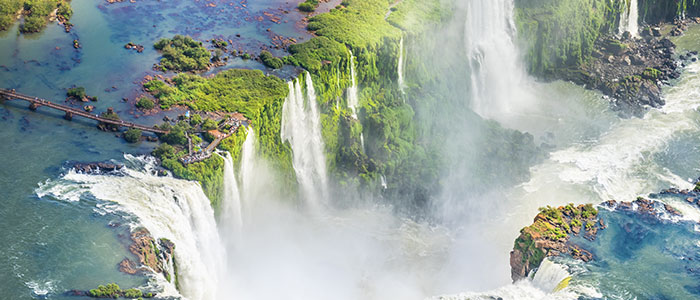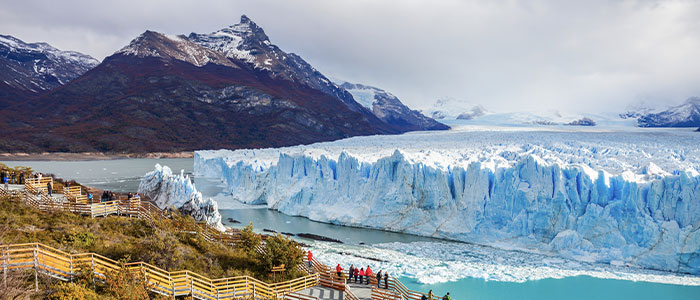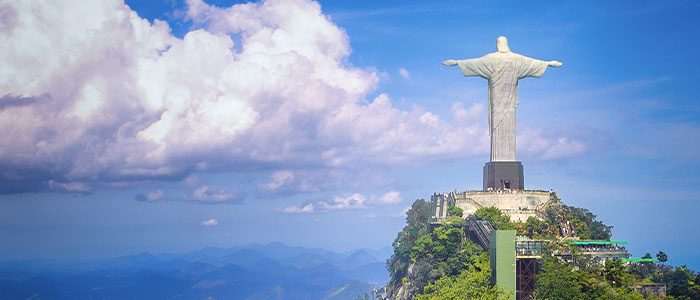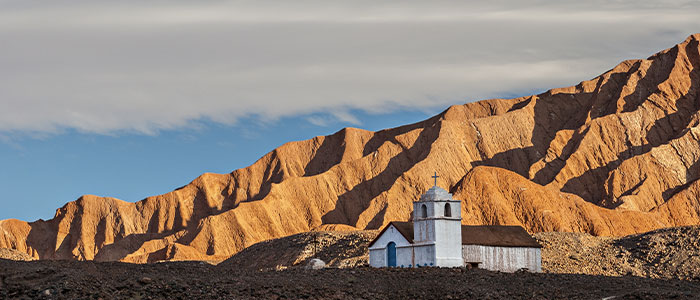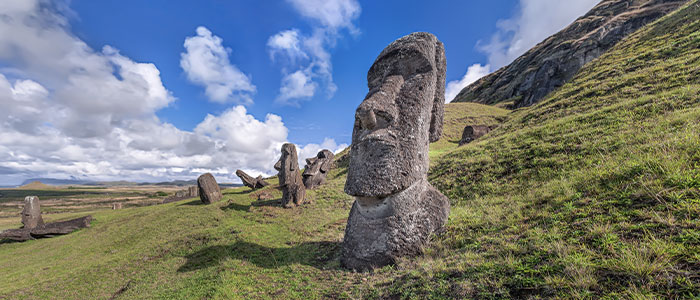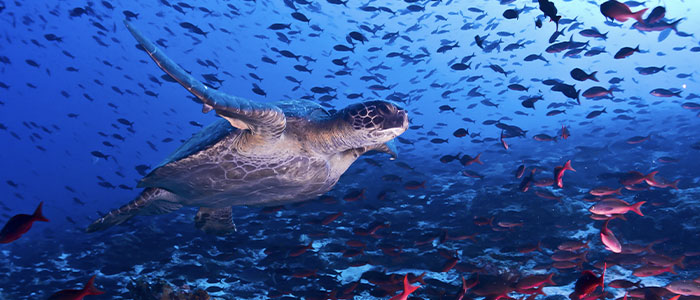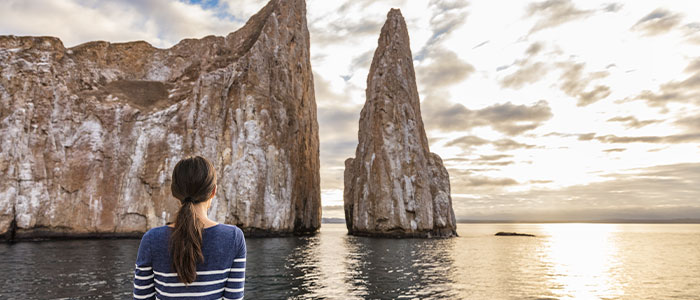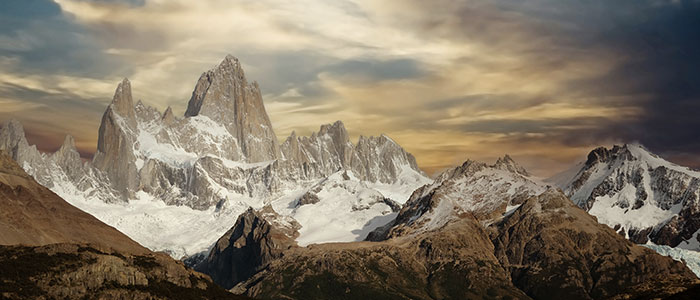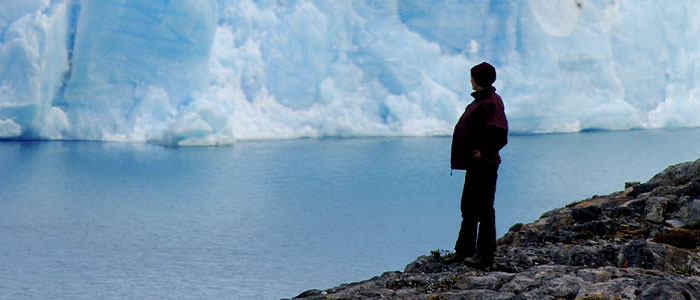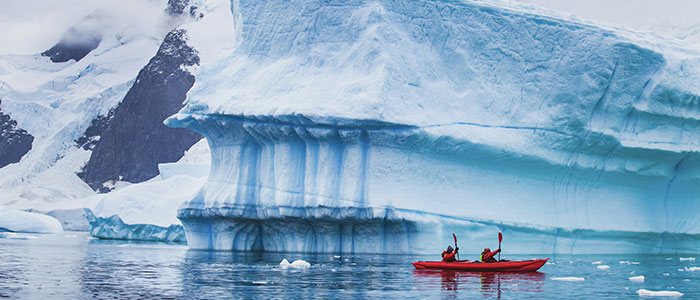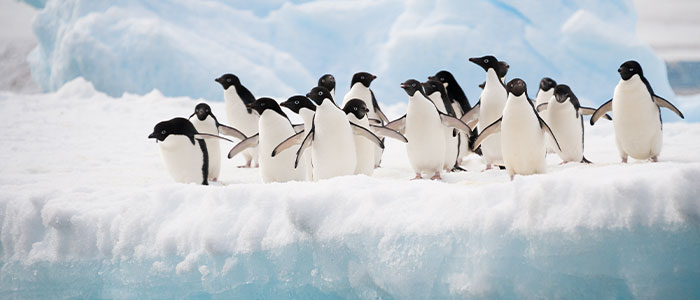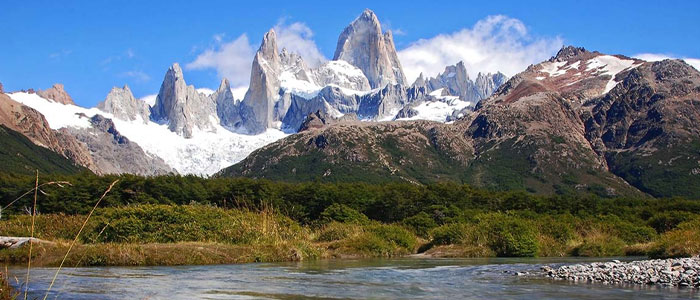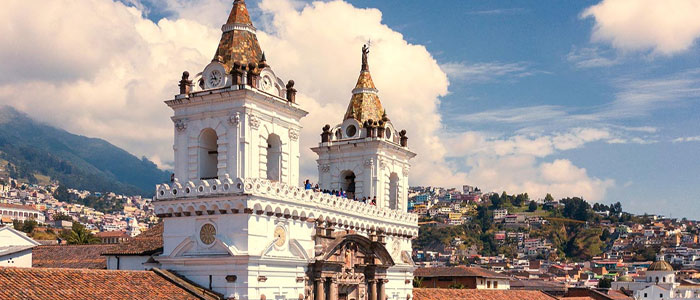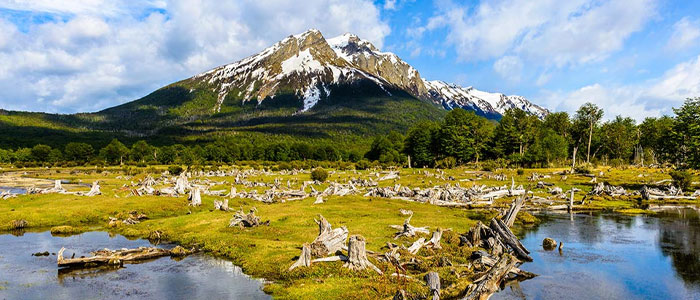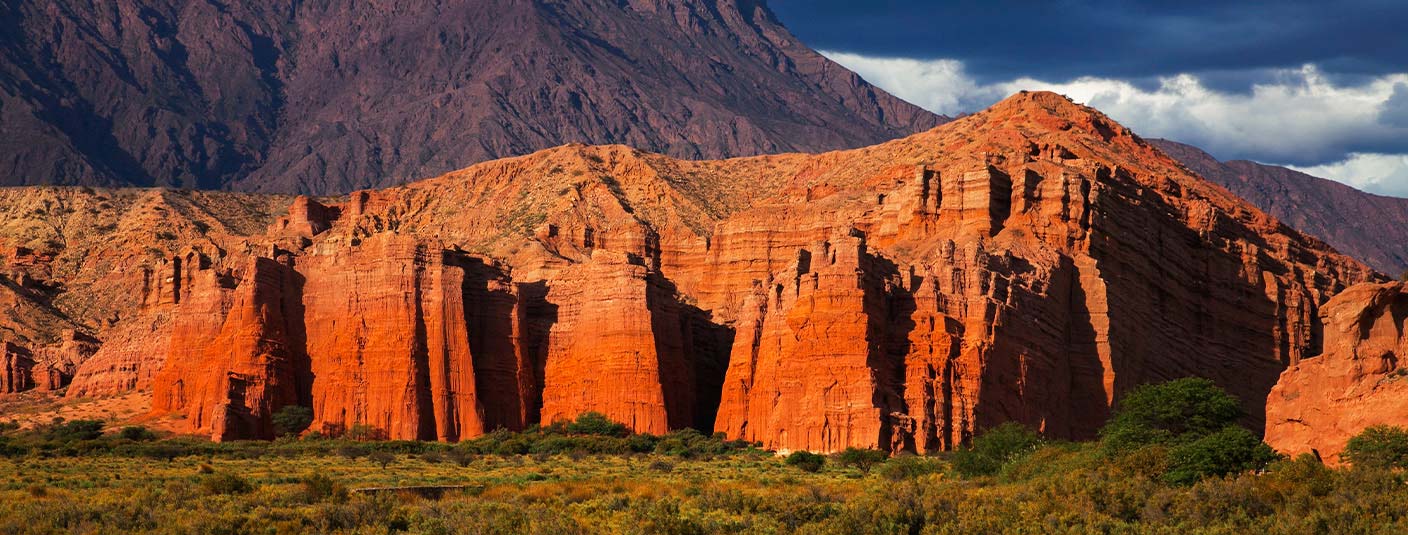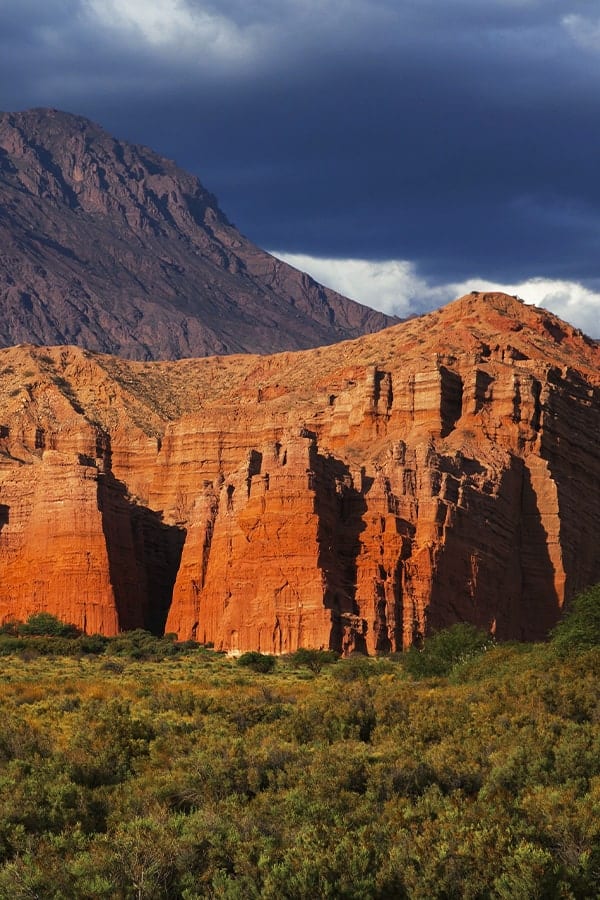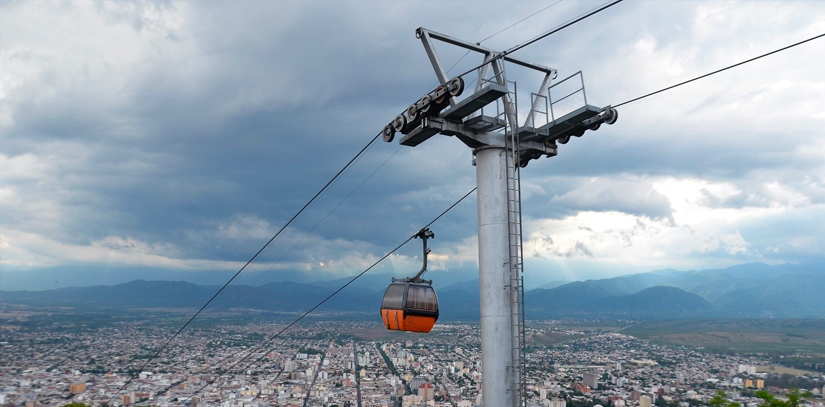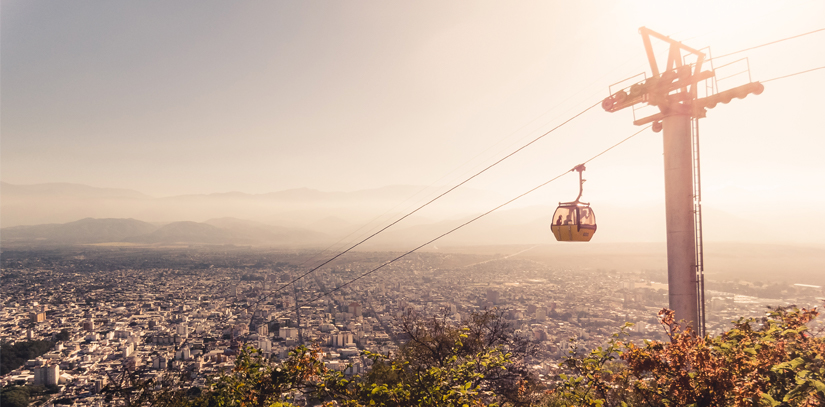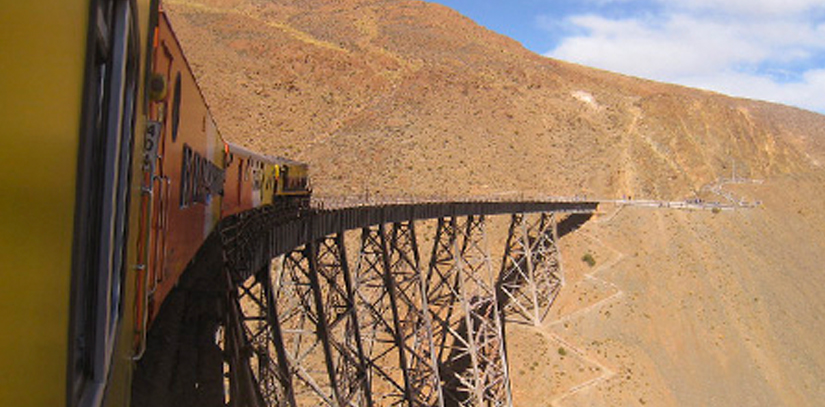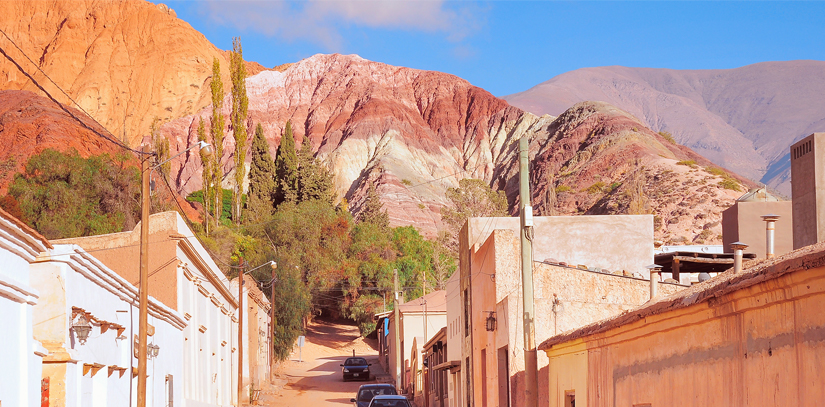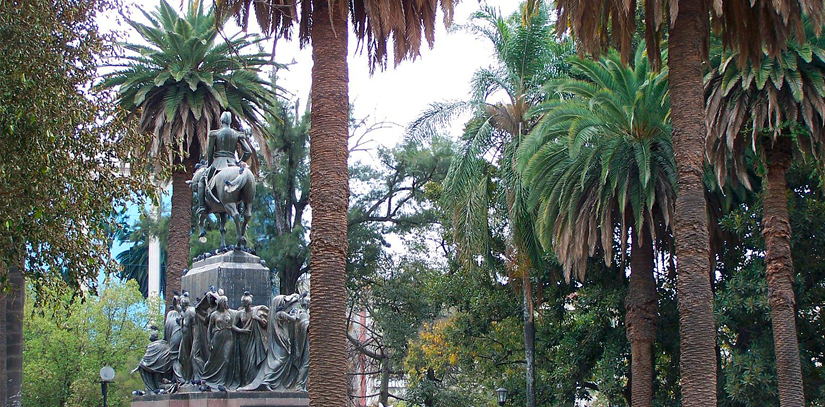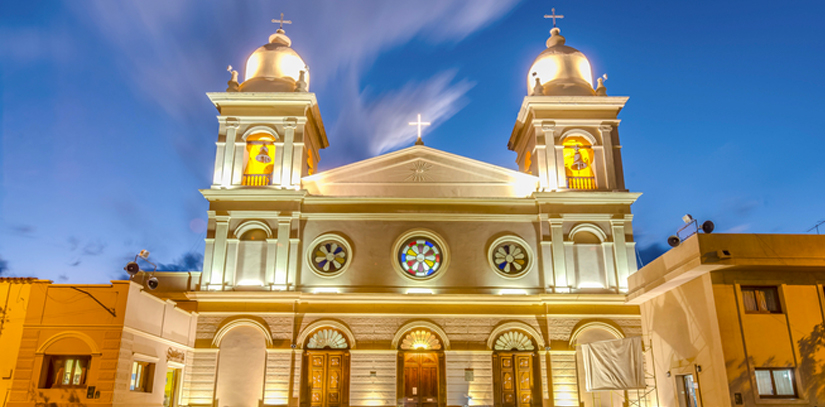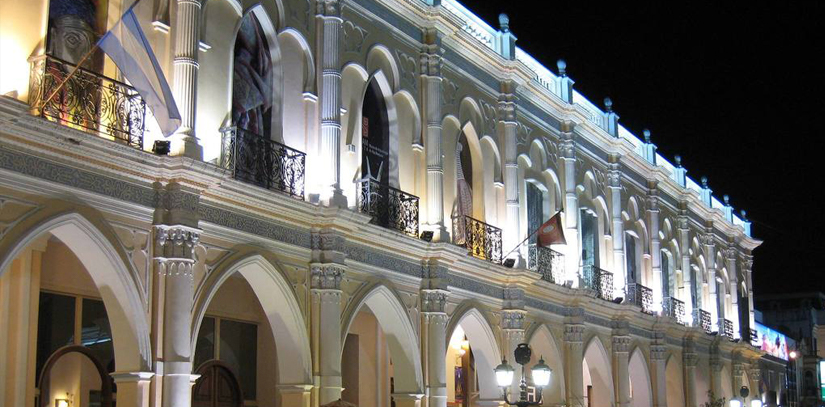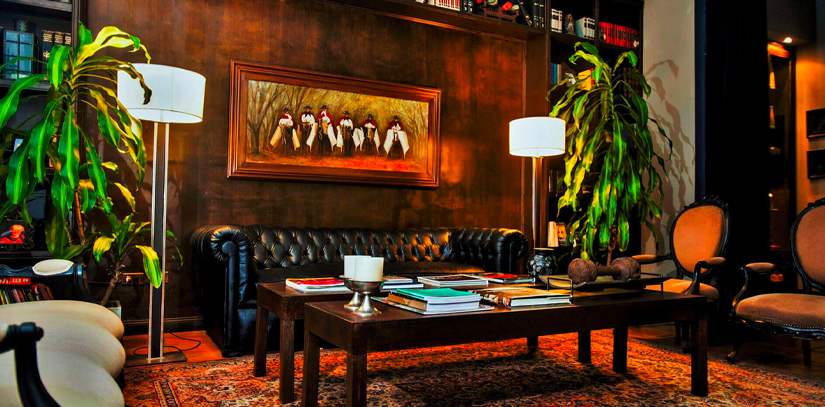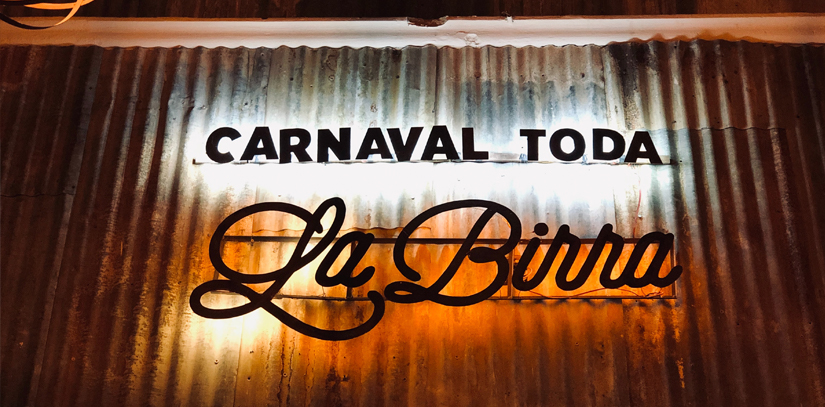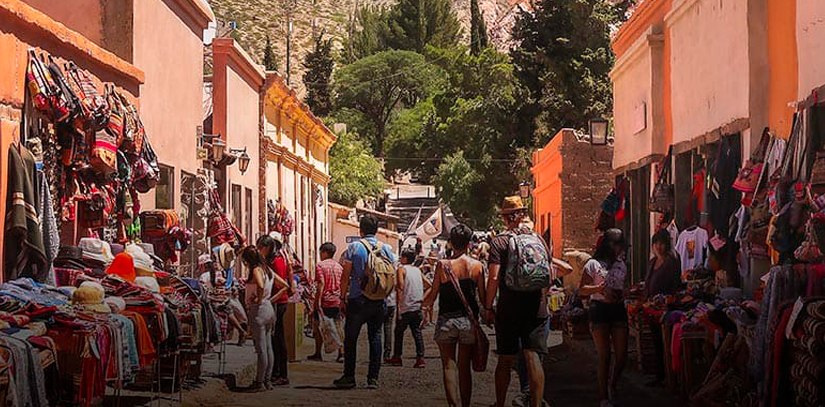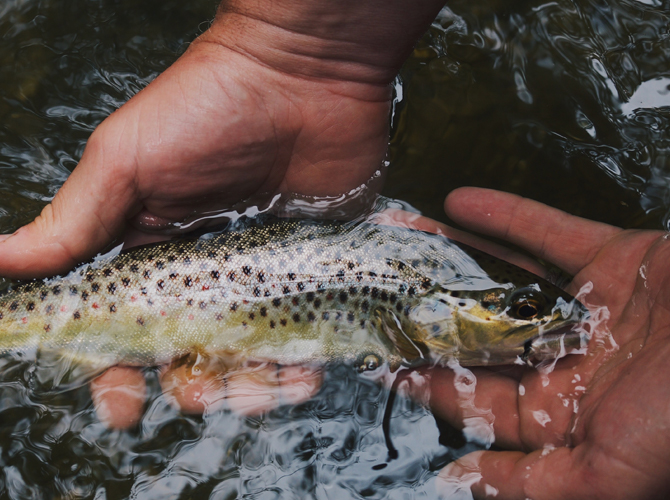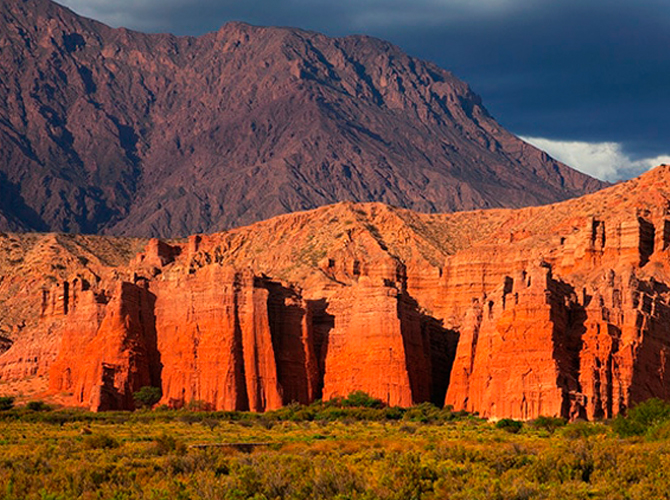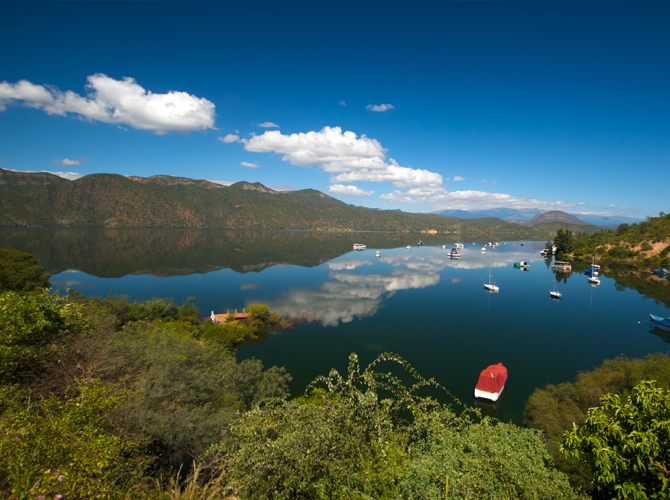The bases of most dishes served in Salta are usually various meats: beef, lamb, goat, pork and hen, plus starches like corn or rice, eggs, and condiments like chilli, cumin and paprika. These basic ingredients are combined to create distinct dishes, like locro, tamales, quesillo, and other regional dishes. Alpaca and llama are also a common meat available in restaurants and cafes in this region, especially once you leave the capital of the province and find yourself in smaller towns and communities. These meats are not only popular because the animals are raised in abundance here in the rocky terrain, but also because of the health implications of these meats: both are 0% cholesterol.
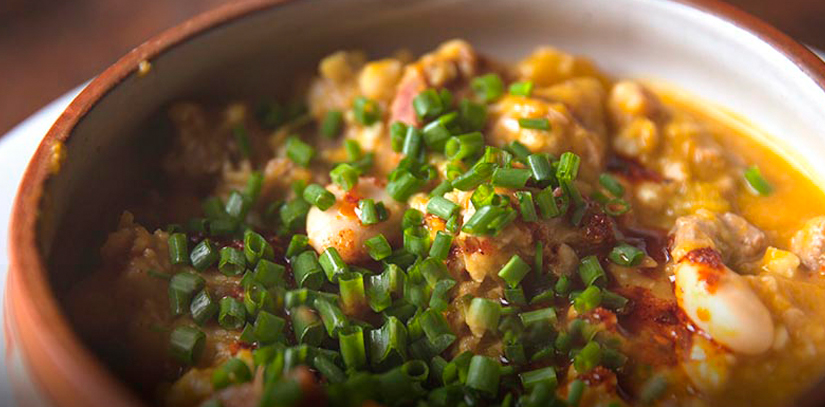
Some ingredients, popular dishes, and terms you are likely to see on the menu in Salta are as follows.
Pollo: Chicken
Arroz: Rice
Tallarines: Noodles
Chorizo: Sausage
Trucha: Trout
Vacío: a method of cooking the steak in the over. Roasted steak- difficult to order in any form other than well done
Bife de Chorizo: The prime steak cut; the meatiest slice with the lowest fat proportion and famously tasty.
Humita: Corn paste mixed with cheese and wrapped in corn husks; similar in shape to a tamale
Locro: A soupy dish served with hominy, often made with a mix of various ingredients, including vegetables, sausage and cow tripe, topped with scallions
Mondongo: A rich tripe soup flavored with red pepper
Tamale: A filling of shredded beef, chicken or pork wrapped in a ground corn paste and steamed in a corn husk wrapping.
And here is a list of our recommended dining establishments in Salta:
José Balcarce, Necochea 590 - Tel: +51 (387) 421-1628
A fine dining restaurant serving a modern take on traditional high altitude Argentinean dishes, including llama Carpaccio and supple beef tenderloin served in a creamy sauce enriched with quinoa.
Doña Salta, Córdoba 46 - Average - $3-8 - Tel: +54 (287) 432-1921
Plunge into history and grab a bite where Salta’s revered independence hero, General Martín Güemes, once lived. Receiving great recommendations from Argentineans and foreigners alike, this restaurant has a menu serving various regional dishes, including what some reviewers have labeled as ‘the best empanadas in all of Argentina!’ The rustic atmosphere adds to the dining experience and value is great too. An added bonus is that it’s opposite the beautiful San Francisco Convent Library, which offers a stunning spectacle when lit at night.
Calixto, Dean Funes and Caseros - Average $5-10 - Tel: +51 (387) 422-4198
Calixto is popular for the locals for two reasons that are crucial on almost any restaurant list: location and value. Located kitty-corner across from the magnificently lit Iglesia San Francisco, this ‘free fork’ (libre tenedor) restaurant will satisfy you hunger has an excellent local and international buffet that for US$6 will leave you all kinds of satisfied! The restaurant also offers an a-la-carte menu, with dishes including alpaca steak and the well-recommended local specialty of steak with bitter chocolate reduction sauce.
Madre Maiz, Alvarado 508 - Average $4-10 - Tel: +54 (387) 432-9425
Perfect for those needing a break from the typical argentine diet of steak with a side of steak or the sole vegetarian option of potatoes and ensalada, Madre Maiz serves very appetizing and hearty vegetarian dishes in a homey atmosphere that will leave you just as satisfied as eating a huge T-bone. The restaurant’s creative menu also features a specialized section for those with restricted diets, such as diabetics.

